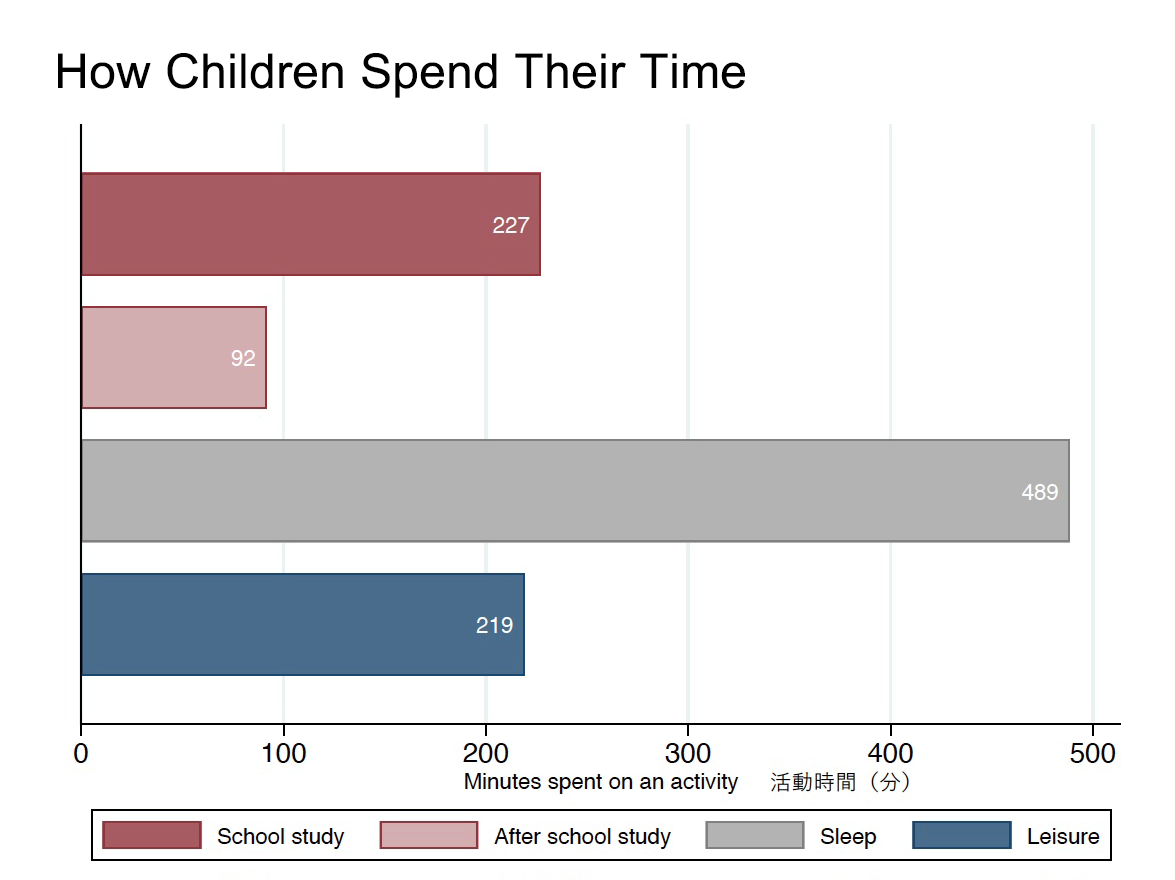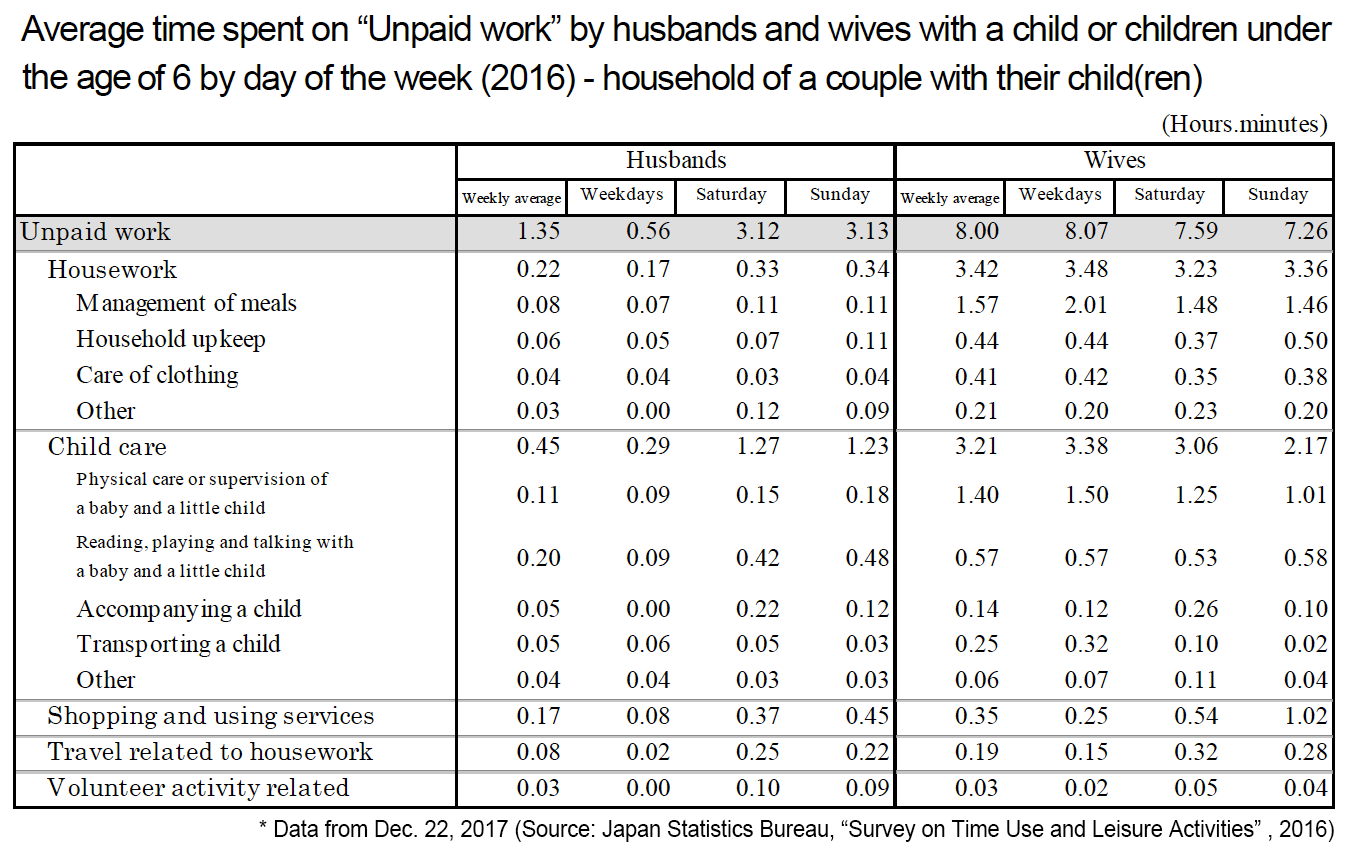Collaborative Work between Japan and U.K. Reveals How the Japanese Spend Their Time
“Onsite Facilities” are the physical spaces that Japan has created around the country to enable researchers to access and explore microdata safely. As explained in the previous article, “Protecting private information in data” (posted Nov. 10, 2021), there exist 12 Onsite Facilities currently, which have all become home to wide-ranging data research projects. Among them are the studies on two different topics — gender gaps in Japan and how Japanese children spend time in their daily lives — both being jointly conducted by Oxford University and the Institute of Economic Research at Hitotsubashi University, as part of the Japanese Ministry of Education, Culture, Sports, Science and Technology’s “Joint Usage/Research Center” program. Although Oxford’s researchers have not been able to make their twice-a-year visits to Hitotsubashi for the project over the past several months due to the Covid-19 pandemic, they have continued to maintain robust collaborations for their data research.

Ask the Expert: Dr. Kiyomi Shirakawa (Researcher, Institute of Economic Research at Hitotsubashi University)
Dr. Shirakawa has worked with statistics bureaus around the world to promote safe handling of social survey data, as well as integration, comparison and equitable use of the data. He is also conducting joint studies for the development of secret sharing and secret computation to promote the secondary usage of official survey microdata (individual data). He studied economics at Aoyama Gakuin University for his bachelor’s degree and received his PhD from Shibaura Institute of Technology. At the Institute of Economic Research at Hitotsubashi University, he served as an associate professor before being appointed to his current position.

Ask the Expert: Dr. Ekaterina Hertog (Researcher, Oxford University)
Dr. Hertog is a researcher at Oxford University’s Sociology Department. She specializes in the study of family sociology and social policies with a focus on modern East Asia, particularly issues related to gender balance in household work in Japan. She is currently conducting joint studies with the Institute of Economic Research at Hitotsubashi University on the correlations among household income, parental education and a child’s daily living. She holds a doctorate in Sociology from the University of Oxford.
Making Japanese data useful for researchers abroad
The Onsite Facility at Hitotsubashi University’s Kodaira International Campus is located just a few minutes walk from the university’s guesthouse. The facility is accessible 24 hours a day to help researchers, including those visiting from overseas, make the most of their stays, which typically last about two weeks. Hitotsubashi also provides support for obtaining permits to use the facility and to take data outside of the facility, among various other paperwork.
Dr. Kiyomi Shirakawa of the Institute of Economic Research at Hitotsubashi University, who researches the creation, distribution and usage of official statistics data, makes sure foreign researchers visiting the Onsite Facility receive any necessary support. He also conducts joint studies with some of those researchers.
“Understanding how to make data useful from the viewpoint of those who actually use it is an important research topic in itself,” Dr. Shirakawa said.
He has been working to develop secret sharing and secret computation that can protect the data at the Onsite Facilities. He is also researching ways to formulate model equations and get valid calculation results when some key data is missing because it cannot be taken out of the Onsite Facilities.
Collaboration between Oxford and Hitotsubashi
Three years ago, Hitotsubashi and Oxford began their joint study on household work and child education in East Asia. Ekaterina Hertog, one of the collaborators from Oxford, specializes in family sociology with a focus on East Asia. She has been studying connections among household income, parents’ educational levels and a child’s daily life in Japan, in particular, by using the country’s “Survey on Time Use and Leisure Activities” data.
“I’ve been using this data covering the period between 1991 and 2016 to analyze how Japanese children spend time every day. I divided their use of time into four different categories: Studying when at school, studying activities outside school, sleeping, and leisure. I found that Japanese children spend most time sleeping and studying in school, followed by leisure. The rest was studying outside school, which was 90 minutes on an average day,” Dr. Hertog said.
Her further analysis revealed that the amount of time children spend studying outside school varies from household to household.
“The higher the family income, the longer their child studies outside school,” she said. “I also discovered that the more educated the parents are, the more time their child spends studying outside school. This studying takes away from their leisure time.”

Identifying gender gaps from data on how family members spend their time
While using the same set of data as Dr. Hertog in their joint study, Dr. Shirakawa has been focused on identifying gender gaps.
“I am particularly interested in finding out how married couples with a child younger than 6 spend their time, and the numbers of hours that husbands and wives work without compensation stack up against each other,” Dr. Shirakawa said. “What I paid the most attention to is whether there is any difference between workdays when men typically come home late, and their days off,” he said. “The answer is, there is no difference. My analysis shows that husbands don’t cook, whether it’s a workday or off-day. And husbands spend twice as much time taking care of their children during off-days.”
In Japan, there is what’s known as an “M-curve” phenomenon among female workers, which refers to the ups and downs in their employment rates throughout their lifetime; many women get a job upon graduating from high school or university but leave their jobs when getting married or giving birth, and often return to work in their 30s and 40s.
“The dip in the letter, M, is becoming shallower these days, but this curve continues to hamper women from attaining management positions,” Dr. Shirakawa said.
“Japan is known for lower rates of women’s employment and participation in corporate management, compared to many other countries. When we examine potential causes of these problems through data analysis, there emerges a clearer picture of the state of women in the labor force,” he said. “I do think that making it easier for spouses to share responsibilities more equitably is very important, as the pandemic is forcing all of us to work from home and spend more time together at home. I expect that digital transformation, which takes advantage of artificial intelligence and can help people expand their networks virtually, will be one of the keys to improving the status of women.

Expert Dialogue: Japan offers years of quality microdata
In recent years, there has been a growing interest in evidence-based policymaking (EBPM) in Japan, which follows similar earlier trends in Europe and the U.S. In EBPM, there are always concerns about the possibility that people pick and choose survey data that supports their own theories to promote their agenda while downplaying the alternative explanations.
“When using data, we need to really understand what it is all about,” Dr. Shirakawa said. “It’s also important to develop global partnerships to enable data comparisons among different countries and to discuss with fellow researchers in similar research fields about how to make data more useful.”
Drs. Shirakawa and Hertog recently met online to discuss Japan’s microdata.
Shirakawa: “How do you like using Japanese data?”
Hertog: “The Onsite Facility at Hitotsubashi is very user-friendly and makes it easier for me to conduct research. I’m very thankful for that. Japanese surveys are characterized by large sample sizes. The Survey on Time Use and Leisure Activities has a long history, so one can look at trends and patterns going back to 1991, which also adds to the high quality of the data. In addition, the response rate for many Japanese government surveys has been over 90 per cent, which is unheard of in other countries.”
Shirakawa: That’s nice to hear. By the way, this survey takes place every five years over two consecutive days in the fall, which makes a weekday versus weekend comparison difficult. I think that’s one of the downsides of the Japanese survey.”
Hertog: “It’s certainly inconvenient that the survey collects all the data in October. England has time use data that was continuously collected over 18 months between 2014 and 2015. It enables us to compare how people use their time in spring versus winter. And it shows people sleep longer in winter. (Laughter)”
Shirakawa: “We just changed out the Hitotsubashi Onsite Facility’s computers with new ones in January 2020. That should help you do your work faster the next time.”
Hertog: “I would really like to visit the Onsite Facility as soon as the Covid-19 pandemic gets under control. I look forward to seeing you then!”

Interviewer: Rue Ikeya
Photographs: Yuji Iijima
Released on: Jan 20, 2022 (The Japanese version released on Nov. 10, 2020)
* This interview was conducted online.





